Are you 'setting yourself up' for failure? 8 Gorilla Glue mistakes you should never make at home, experts warn
They are so simple to avoid
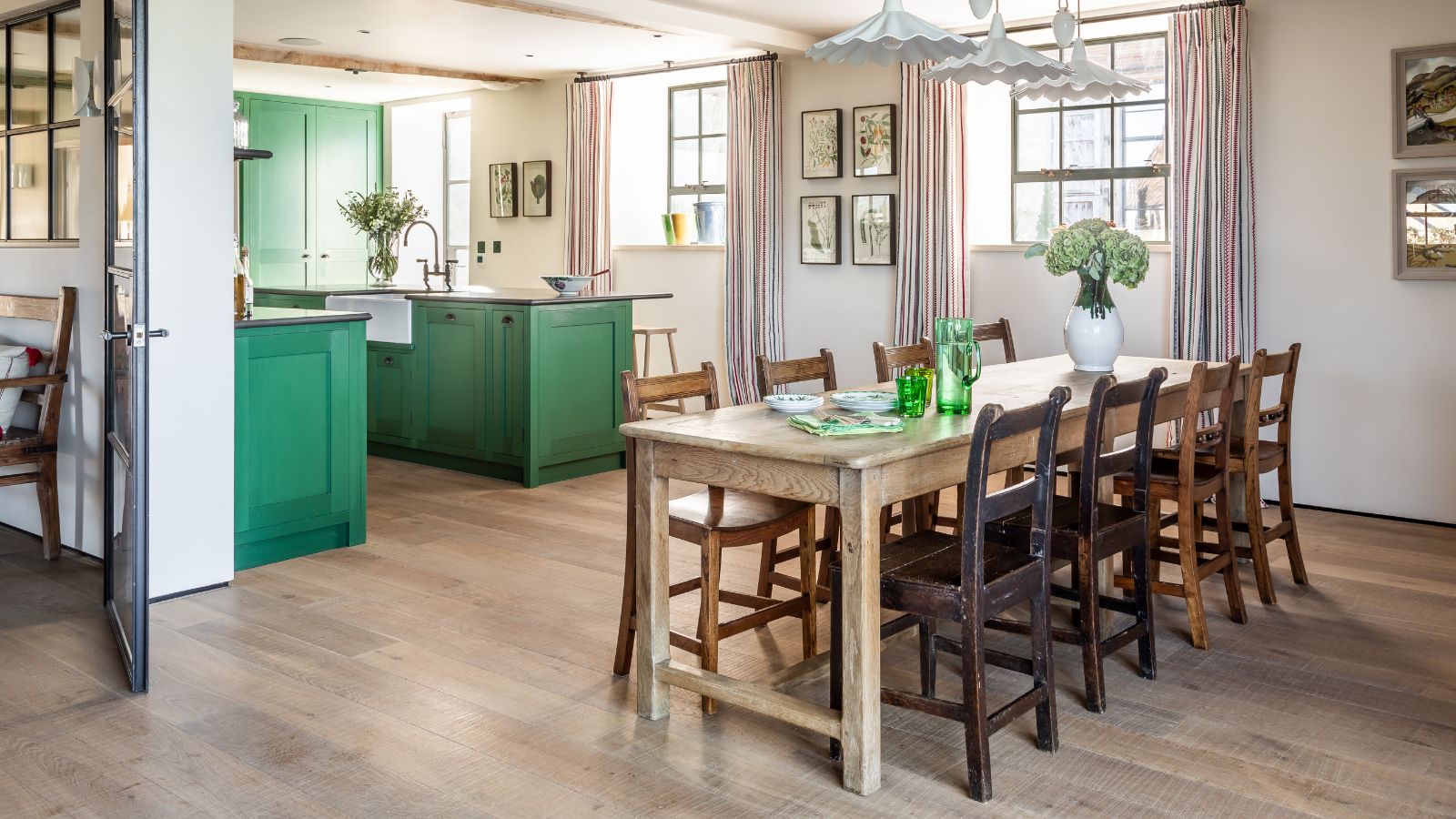

Gorilla Glue has a reputation for being able to fix just about anything – but that doesn’t mean it is a fool-proof solution.
There are some mistakes you should never make with Gorilla Glue if you want to avoid sticky messes and ruined surfaces, or even safety hazards.
Here, contractors and home experts have shared the essential DIY skills you need to know to avoid Gorilla Glue mistakes, and what to do instead.
Gorilla Glue mistakes
1. Not cleaning before applying
In order for Gorilla Glue to bind two surfaces together, it needs direct contact with said surfaces – meaning some cleaning tips are in order before you start repairing.
Danny Niemela, co-owner, vice president, and CFO at ArDan Construction, says that skipping this step is one of the most common Gorilla Glue mistakes that compromises adhesion.
‘Many people assume that they can glue two wet or dirty surfaces together and that the adhesive will make up for the deficiency,’ he shares. ‘However, even a coating of dust or a thin film of oil will so drastically reduce adhesion, and the joint can break apart with less than 10 lbs of tension force.’
Often, wiping the surface with a clean, dry cloth from Walmart is enough to remove dust, especially after sanding the surface, and improve adhesion.
Design expertise in your inbox – from inspiring decorating ideas and beautiful celebrity homes to practical gardening advice and shopping round-ups.
Otherwise, using a product such as Sugar Soap, from Amazon, and letting the area dry before Gorilla Glue application can help to remove oils, grease, and grime.
2. Using it for the wrong tasks
Although Gorilla Glue is very versatile, it is not a fix-all.
Danny continues, ‘Another mistake is using Gorilla Glue in places where removability matters. Once cured, it bonds so aggressively that removing it without damaging the underlying surface is nearly impossible.
'Gorilla Glue is a permanent adhesive. Sometimes, a reversible adhesive or a mechanical fastener may have been a much better choice.’
Similarly, Daniel Vasilevski, owner and director of Pro Electrical advises that you should avoid using Gorilla Glue around flexible surfaces, or those that conduct heat, such as plastic or pipes.
‘The bond weakens as time goes by and ends up breaking, leaving the object in a worse condition than it was before,’ he warns.
‘I have also encountered garden projects where it has been used to seal plastic irrigation fittings, only to have those fittings crack within a few weeks and waste hundreds of liters of water.’
Polyethylene, a type of plastic, is especially averse to Gorilla Glue. For repairs here, it makes sense to call the pros.
3. Using the wrong type of Gorilla Glue
If you ever want to finish your home DIY projects, it pays to use the right tools.
When it comes to Gorilla Glue, there are several types, all with different applications. Using the wrong type will result in a constant repair cycle, warns Rick Berres, owner of Honey-Doers.
He explains, ‘Using whatever you have on hand or the first one you see in Home Depot can mean that your repair is unsuccessful, the glue fails to bond properly, it can’t stick to the surface, or it is incompatible with the surface you’re using it on.
‘It takes 30 seconds to check what kind of glue you need for the material you’re gluing together. Why skip that step?’
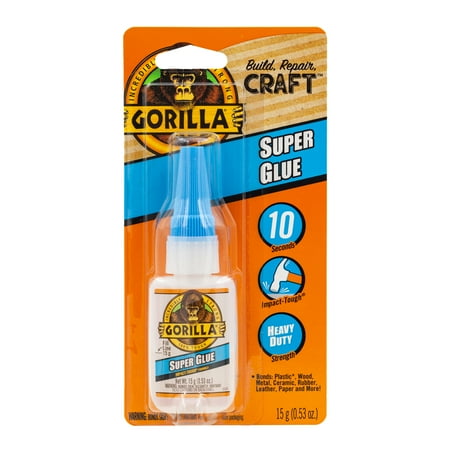
Gorilla Clear Super Glue is designed for quick repairs to multiple surface types, including most plastics, wood, metal, ceramic, and rubber. It dries in 10-45 seconds.
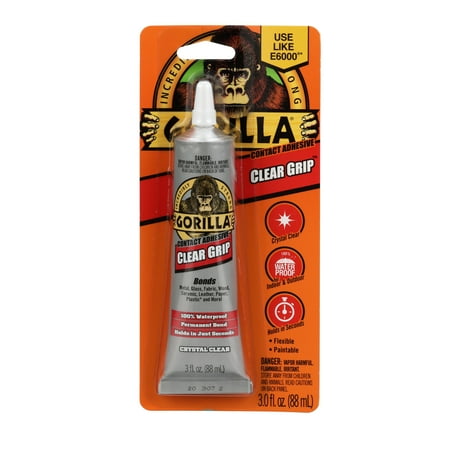
Contact adhesive provides a 100% waterproof, flexible bond that can be painted over once dry.
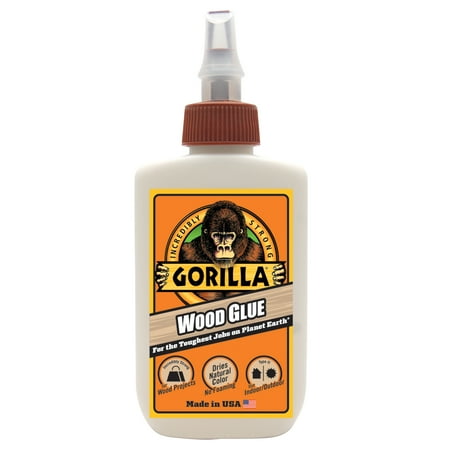
This glue is ideal for use on hardwoods, softwoods, and natural wood composites.
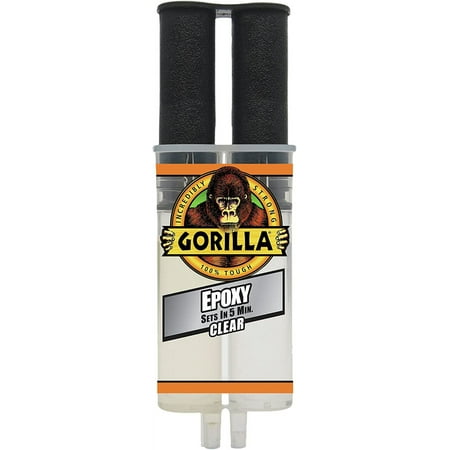
Although this epoxy can be used on multiple surfaces, it is especially useful for bonding ceramic and tile, and withstands moderate water exposure.
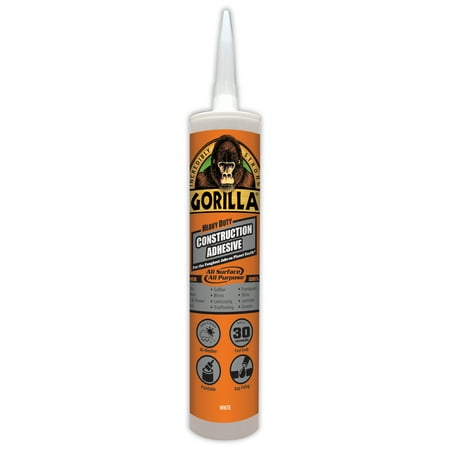
This extra-strong adhesive is 100% waterproof, providing a durable bond that withstands moisture and weather conditions.
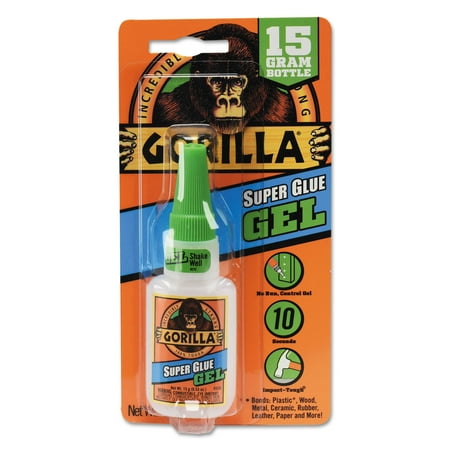
The Gorilla Glue Super Glue Gel features a no run control gel formula, making it ideal for vertical applications.
4. Using too much glue
Using less is often one of the best DIY tips to make your projects easier – especially when it comes to Gorilla Glue.
Danny warns, ‘The most common Gorilla Glue mistake is overapplication. This stuff expands up to three times its original size, so if you think "more is better", then you are basically setting yourself up for a foam volcano that oozes out and stains the surface, then hardens like concrete. A pea-sized amount, if that, is usually more than sufficient.’
Alcohol wipes, from Walmart, can be handy to wipe away any oozing excess for a clean repair.
5. Not clamping surfaces together
While Gorilla Glue is sticky, it benefits from a little external force to help the two sides of whatever you’re repairing to stick together as the glue sets.
Rick shares, ‘I know it’s a pain, I know you probably don’t have a professional clamp lying around. But depending on what you’re trying to glue together, a clamp can make such a huge difference.
‘Because of the way the glue works (it expands as it cures), pieces need to be clamped tightly together, because otherwise the joint might not stay straight. If it shifts, that can create spots where the connection is weaker, so it’s going to be less durable.’
You can find a set of different-sized clamps at Lowe’s to keep on hand for any repair task around your home. For very small repairs, you can use rubber bands, available at Walmart, to keep the edges pressed together.
6. Not cleaning up spills
Gorilla Glue is notoriously sticky; that is why you are using it for repairs, after all. However, it also means that any spills can become impossible to clean up if you do not act fast.
The golden rules for stain removal apply here, too. Act quickly before the glue has a chance to harden by removing the bulk of the spill with a paper towel (such as Bounty from Walmart), or a cloth dampened with isopropyl alcohol, from Walmart, or nail varnish remover, also from Walmart.
If the glue has dried, you can try using a blunt tool as a chisel or sandpaper (available at Lowe’s), to try and file it down or scrape it off. Be aware that this may damage the surface beneath, however.
7. Skipping safety
One of the most important DIY tips I learned from my veteran dad was that safety comes first. This is especially true when using strong adhesives such as Gorilla Glue.
Felipe Freig, custom home builder, construction expert, and founder of Versa Homes, stresses, ‘People are careless with adhesives, but this is no laughing matter. Gorilla Glue is a glue based on isocyanates and will bond skin in seconds.
'The fumes are also unpleasant. I've had people have the glue on their fingers and spend hours with acetone and a razor blade trying to remove it.
‘Always wear gloves – use nitrile gloves from Amazon if you have them – and work in well-ventilated areas. Don't assume it is just simple glue and cut corners on the safety measures.
‘Architecturally, we work with all chemicals with caution, and homeowners should do the same. A temporary repair isn't worth an emergency room visit.’
8. Not storing the glue correctly
A simple Gorilla Glue mistake is storing it incorrectly, and the pros can almost guarantee that it is one of the items you’re definitely storing in the wrong place.
Gorilla Glue needs to be stored in a cool, dry place away from direct sunlight, heat, and drastic temperature fluctuations, meaning shed storage is out of the question.
It can also be helpful to keep your tubes of Gorilla Glue standing on their ends, with the lid at the top, to prevent leaks and the lid from securing itself in place. Wiping the rim of your Gorilla Glue tube before putting the lid back on is also wise.
It is also important to keep Gorilla Glue out of the reach of children and pets, opting for a lock-box from Walmart if needed.
FAQs
How long does it take for Gorilla Glue to harden?
Gorilla glue can take up to 24 hours to harden completely, the first one to two hours of which the items should be clamped to ensure proper adhesion and lasting results.
Meet the experts

Danny Niemela is the co-owner of ArDan Construction, a luxury home remodeling company based in Scottsdale, Arizona. Danny also serves as the President of the Greater Phoenix Chapter of the National Association of the Remodeling Industry (NARI), where he advocates for excellence in the remodeling industry.
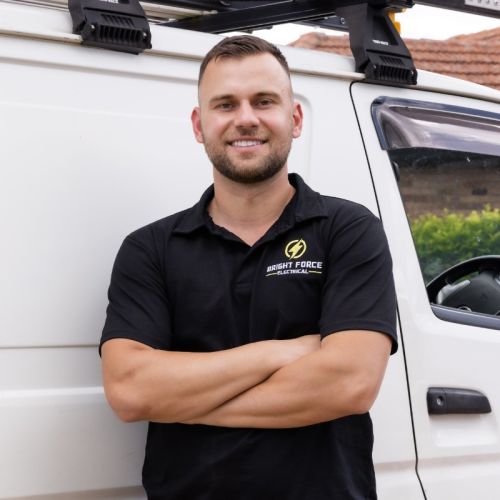
Daniel is an expert electrician. The owner and direct of Bright Force Electrical, he has more than 10 years in the electricity industry.

Rick has been operating Honey-Doers out of Lakeville, MN for nearly 18 years and continues to build upon its growing number of satisfied customers and reputable work. As the company has grown and evolved, so too have the needs of their customers.

Felipe Freig is a designer and construction expert. He is also the Founder and CEO of Versa Homes, specializing in creating homes that blend innovation with quality craftsmanship.
Although minor repairs can be done yourself, there are some household projects experts say you should not DIY if you want lasting results.

Chiana has been at Homes & Gardens for two years and is our resident 'queen' of non-toxic living. She spends most of her time producing content for the Solved section of the website, helping readers get the most out of their homes through clever decluttering, cleaning, and tidying tips. She was named one of Fixr's top home improvement journalists in 2024.
You must confirm your public display name before commenting
Please logout and then login again, you will then be prompted to enter your display name.